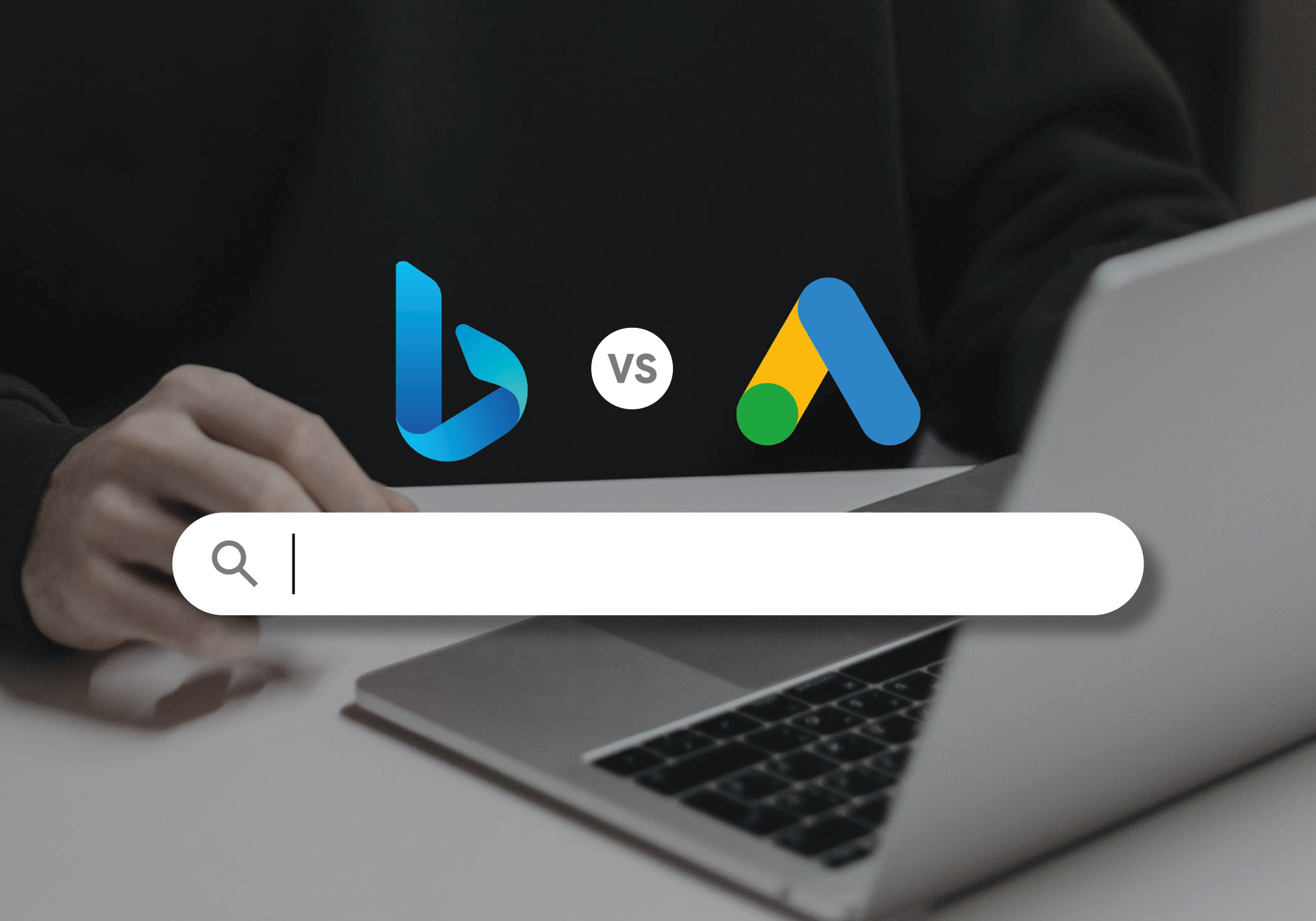Whether you’re selling fair trade coffee or a revolutionary tech product, finding the right shopping cart software is only the first part of boosting your sales and turning your company into something special. Obviously, you need to market your website thoroughly (here’s a blog with some great tips on digital marketing) but your system should come first.
For example, if you go with Magento, there are several web personalisation features available to upsell products or as additional items to increase average order value. It’s somewhat common practice now, but it’s critical to growing revenue and profit margin. The larger the market, the greater the reward for personalisation. Customer behaviour is big business now with sophisticated algorithms segmenting user groups which automatically determine which products should be presented and to whom, obviously this needs to be stored in a reliable data centre that’s capable of sorting and process all data points.
However, at some point, you’ll reach maximum market share and hit a natural revenue ceiling for selling products on your own domain. After all, there aren’t many businesses that grow to the size of Apple or Google, and then you’ll need help from other marketplaces. The next step on from this is to integrate with platforms like Amazon and eBay to increase the visibility of your products and make it easy to accept payments, while also serving up your products in a professional way. Here’s a great guide to selling on Amazon.
- How do you go about doing this on your Magento site?
- Are there extensions for connecting your Magento website to the eBay and Amazon systems?
The M2E Pro extension serves as not only your best bet, but it’s significantly better than most of the competition out there.
Feel free to check out the M2E website, or even download the program from that website. The company is rather open about questions people have, outlining myths and whether or not the system can do what it says.
Keep reading to learn how to integrate Magento with eBay and Amazon, and feel free to follow along with the pictures to implement this system yourself. The cool part about M2E Pro is that the software is extremely popular and useful, and you don’t have to pay a dime for it.
Magento easily integrates with eBay and Magento
The advantage of a setup like this is that you are minimising your workload by a huge amount. You have one central area for managing your products, and they are pushed over to eBay and Amazon, ready to be sold.
-
Install the M2E Pro Extension on Your Magento Dashboard
Navigate to the backend of your Magento website. Go to System > Magento Connect > Magento Connect Manager.
This has an option to Search for Modules via Magento Connect. Click on this button to move forward. Type in M2E Pro in the upper right-hand corner searches module. Press on the M2E link to reveal the installation page.
Choose the Magento platform you’re running on, and press the Install Now button.
Click on the Proceed button once it’s ready to install. Press the Refresh button after the cache has been cleaned successfully.
Now, when you go back to your Magento Admin page, you should see two new tabs: Sell on eBay and Sell on Multi-Channels.
-
Link M2E Pro to eBay
Go to the Sell on eBay tab that’s now revealed on your Magento Admin area. The page asks for you to register your account and link with an eBay account.
Make sure your personal information in the box is correct, then either click on the Sign Into eBay or Register for eBay buttons.
Sign into eBay using your login credentials. If you don’t already have an eBay account, the Sell on eBay page in Magento provides an option to Register. You must then grant access to M2E Pro by clicking on the I Agree button.
The final step for linking is to select your mode. The system automatically chooses a recommended mode based on your selling history, but you can change it if you want. The Simple mode is right for small beginners with fewer products, while the Advanced mode is more suitable for the experienced user.
After that, you should see a Congrats page. That’s all you have to do for connecting to eBay.
-
Create a Listing in eBay
Tons of features are available through the M2E Pro extension, but it would take a while to go through them all. That’s why we’re only going to cover creating a listing. If you’d like to learn about completing more tasks with M2E, go to the documentation centre.
To create your eBay listing, click on that Create a Listing button you saw from the congratulations page. If you’ve already clicked away from that, go to Sell on eBay > Listings. Then click the Add Listing button.
The general settings area asks for you to create a Title. Although this doesn’t show up on the eBay page, make it a meaningful title so that you can remember it. For example, it may be something to designate a group of electronics if they all will have similar listings.
Choose the right eBay User Account and eBay site. If you need to add an account, go to this page to learn how.
Upon finishing that page, go to Step 2 to complete your payment and shipping settings. Since all of this information depends on your own personal information, you should be able to walk through this yourself. For example, if you plan on accepting payments through PayPal, all you need is to check off the box and punch in your PayPal ID. Shipping and returns are just as simple.
In addition to these details, you can fill in fields for things like price quantity, descriptions and more. Simply walk through this process to complete the listing on eBay.
-
Making the Same Happen with Amazon
Since the extension is already installed, we don’t have to worry about that for Amazon. The first step is to navigate to the Sell on Multi-Channels tab.
Make sure your details are correct, then click on the Proceed button. Enable the Amazon dropdown at the top, and make Amazon your default channel towards the bottom of the page.
Press the Proceed button to move onto a page that asks you to enable which markets you want to sell to.
Press on the Proceed button to synchronise the stores. You must click Proceed once the synchronisation is complete. This brings you to a page that helps you create an account for making your listings.
Click on the Complete Configurations button after the accounts have been created automatically.
Finally, you should see a congratulations page upon completion of the integration.
Similar to with eBay, the Amazon dashboard allows for listing products, managing your listings and automatically updating your listings. It’s a lot of information, so we recommend using the Amazon documentation once you’ve made the integration.
Conclusion
Selling on eBay and Amazon through the Magento platform is rather simple because of the M2E extension. Although you do have some opportunities to go with more manual approaches, we highly recommend against them, because there’s no reason to put more effort in than required. If you have a good developer, you can even start tracking your conversion rates on all platforms linked to your Magento store. Happy selling!




















![How can UGC help with your SEO [2024]](https://marketinglabs.co.uk/wp-content/uploads/2024/03/Mel-and-Matt-on-podcast.jpg)

